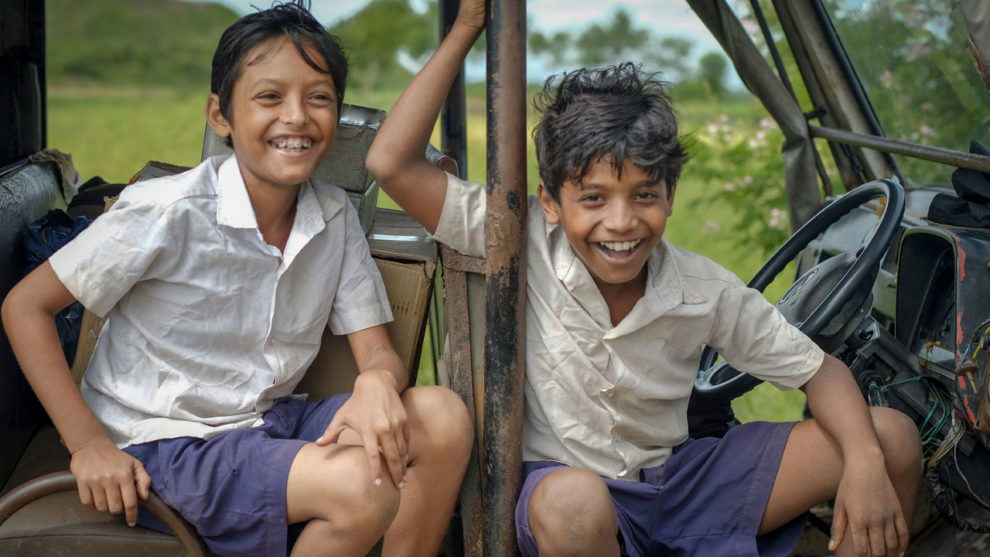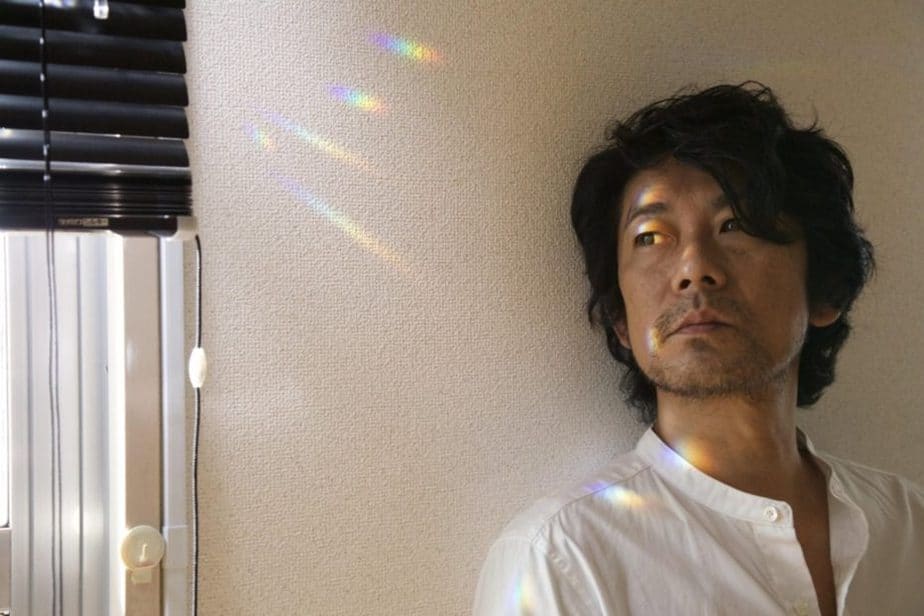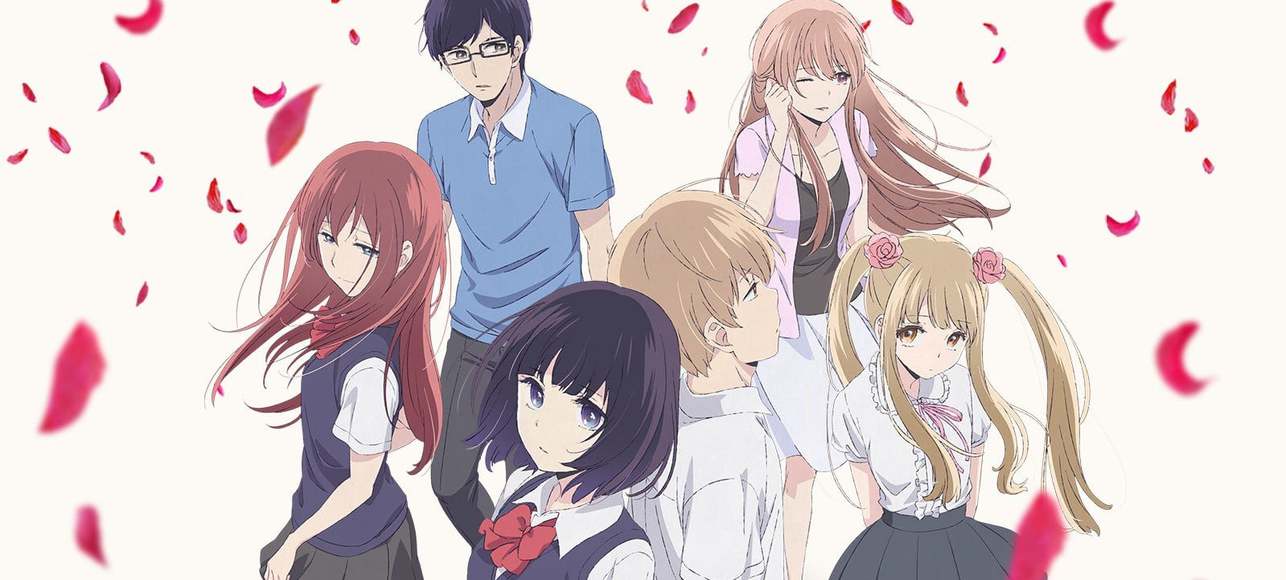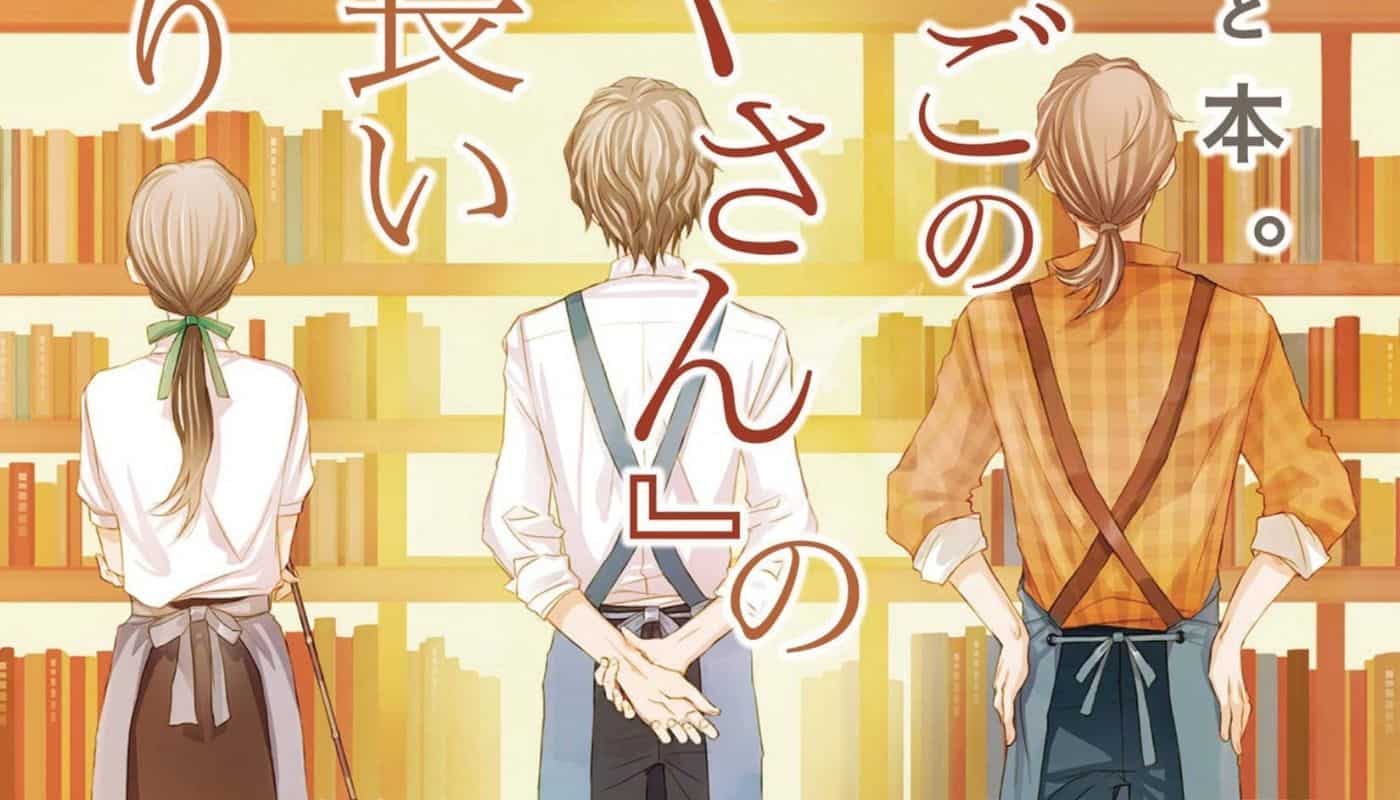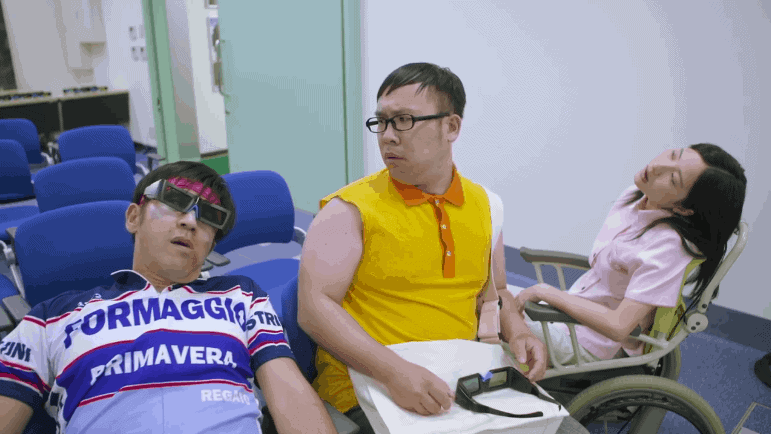Prasun Chatterjee's debut „Dostojee” (which he not only directed but also wrote and produced) is a tender ode to a childhood friendship. The title is a word meaning a friend, with an honorific suffix “jee” added, what may denote not only hierarchy but also a close affection. Two boys, Palash and Safikul, call each other like that, and no doubt that they share a strong and innocent bond. They go to school together, play truant to watch bioscopes at a funfair, fly kites, catch fish and mimic superstar Amitabh Bachchan pose from “Deewaar”. The 8-year-olds live in a Bengali village in Murshidabad district, which borders Bangladesh. Debuting cinematographer Tuhin Biswas paints it with lush greens and majesty of the monsoon rains using only natural light with an occasional help of torches and candles. The story is set in 1990s, and this choice is not accidental. From the radio newsreels, we can easily figure out the substantial background.
For a quick historical reminder–on 6 December 1992, members of Hindu ultra right-wing organizations destroyed a mosque in Ayodhya, a city, which is believed to be the birthplace of the Hindu god Rama, thus considered a holy place. The mosque was built in the 16th century and it had become a subject of a political dispute which divided the society. It culminated in the 1990s. Extremists, stating that the mosque replaced a temple dedicated to Rama, wanted its reconstruction. Rallies and marches supporting the idea (against the court orders forbidding the mosque's demolition) ended with the angry crowd of 200 000, carrying hammers and pickaxes, literally tearing the religious building apart. What followed was communal violence between Muslims and Hindus, leading to deaths of thousands of people, not only in India, but also Pakistan and Bangladesh. Also, devastating Bombay bomb blasts are considered the aftermath.
This context bears importance for the story, not being its backbone. “Dostojee” doesn't picture dark, turbulent times or documents what was happening in the cyclone's eye. The film focuses on a small community, living far away fromthe events shaking the country. But the waves are reaching even here, and tension arises. Palash is Hindu, son of a priest, and Safikul – Muslim from a family of weavers. They live in neighboring houses, sharing a courtyard and a tutor, who helps them with school material. Religion has no importance for the boys, who used to celebrate each other's festivities, and the gruesome occurrences devastating the nation don't affect their mutual attachment. Their innocence contrasts with the adult world of conflicts. There is a scene when Safi asks his parents whether he can attend a Rama-related folk theatre performance with Palash and he is not allowed to do so. He doesn't understand why, because they watched it together a year before. In another sequence, Palash's parents discuss if Ram, suddenly so present in a public dispute, is an important deity for Bengalis at all. World of divisions seems unjust and childishly ridiculous. When Palash and Safikul quarrel–they can reconcile. So unlike the adults.
The debuting director guides his young and non-professional stars well. They seem natural, so cheerful and playful. As it often happens in real life, their personalities are different and complementary. The first part of the movie is a sweet, even humorous story of their friendship. It doesn't idealize rural childhood though. It's a slice of life story, showing down to Earth families, where parents aren't always able to support their kids properly and give them time or care they need. The movie doesn't idealize Hindu-Muslim relations as well, but points the polarization induced by extremist sentiments.
In the second part, the tone changes drastically, when the tragedy (unrelated to Hindu-Muslim conflict) occurs. The film takes a deeply emotional turn, and deals with loss and grief. Societal tragedy fades when families are struck with personal drama. Both children and adults seem similarly helpless facing it. The director uses a moving symbol (a jar with caterpillar), which resonates well with the story, giving it a beautifully poetic touch.
The jar, however, isn't the sole metaphor. The boys' friendship itself is symbolic, representing India's unity-in-diversity values. This brotherhood is suddenly and abruptly broken. It mirrors a society whose social tissue was torn at the core, broken beyond repair. “Dostojee” is painfully up-to-date with the recent socio-political landscape in India, and it struck bitterly how the past resonates with the present. But maybe there's a butterfly to wait for, like in the movie.


